

This Connected article recounts an important story from the oral tradition of Tainui. It tells of how the iwi’s ancestor Whakaotirangi first brought kūmara and other plants to Aotearoa and ...
READ MORE

This Connected article by Priscilla Wehi and Hemi Whaanga explores how early Māori named and grouped the plants and animals they found around them. Discover what this process reveals about Māori ...
READ MORE

This Connected article takes a Pacific worldview and describes how the people of the Cook Islands have attempted to manage and protect their marine resources with the re-introduction of the ...
READ MORE

Plant reproduction is a topic that lends itself to many areas within the junior and middle school curriculum. This teacher resource provides a number of literacy and numeracy links to New Zealand ...
READ MORE
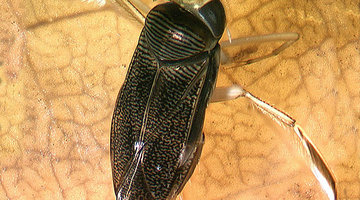
In this activity, students collect and observe macroinvertebrates from a local freshwater stream. By the end of this activity, students should be able to: recognise that invertebrates are part of ...
READ MORE
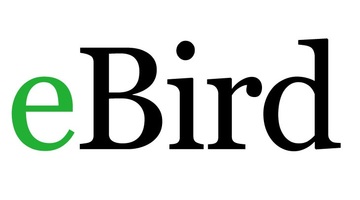
This comprehensive worldwide online citizen science (OCS) project collates bird species, numbers, locations and times of sightings into a large database. You can create a class as a user and, by ...
READ MORE
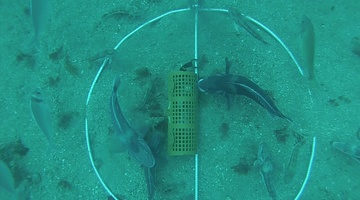
Come and visit Aotearoa New Zealand’s underwater world in this online citizen science project. Discover, count and identify unique fish species that live within our marine reserves ...
READ MORE

This citizen science project wants your assistance to extract information from various climate scientific graphics to help combat misinformation and support scientific communication. Using this ...
READ MORE
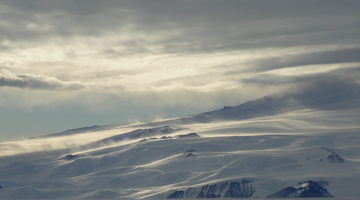
This research brief focuses on how one secondary school teacher used a Science Learning Hub activity to develop her year 9 students’ science and literacy skills. For this, she used a variety of ...
READ MORE
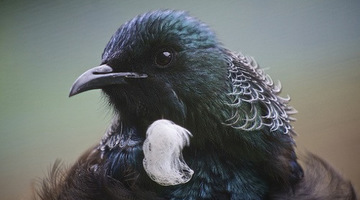
New Zealand is well known for its unique bird life. Our endemic birds evolved in an isolated, island environment. The arrival of people, the deliberate and accidental introduction of mammalian ...
READ MORE

Students carry out a practical investigation to help AgResearch scientists monitor the spread of Microctonus aethiopoides (a tiny wasp) and its success as a biocontrol agent for clover root ...
READ MORE
Dr Mark Goodwin of Plant & Food Research describes the strange system of flowering used by avocados to avoid self-pollination. It involves the flowers changing sex between one day and the ...
READ MORE
Dave Kelly of the University of Canterbury explains abiotic pollination by wind and biotic pollination by animals. He shows the characteristics of bird-pollinated flowers and the birds that carry ...
READ MORE
See two different methods used to artificially pollinate kiwifruit and learn about them from Dr Mark Goodwin of Plant & Food Research. Dr Paul Martinsen, a research engineer at Plant & ...
READ MORE

The life cycle of ferns is different from other land plants as both the gametophyte and the sporophyte phases are free living. This interactive illustrates the alternation of generations in ...
READ MORE
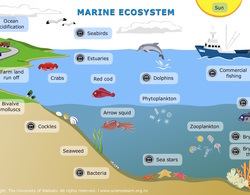
Explore this interactive diagram to learn more about life in the sea. Click on the different labels to view short video clips or images about different parts of the marine ecosystem. Select here ...
READ MORE
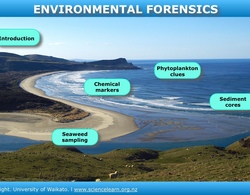
Dr Candida Savage explains the clues she collects in estuaries and fiords, to understand how changes in land use affect these environments. Click on the labels to watch the videos for more ...
READ MORE